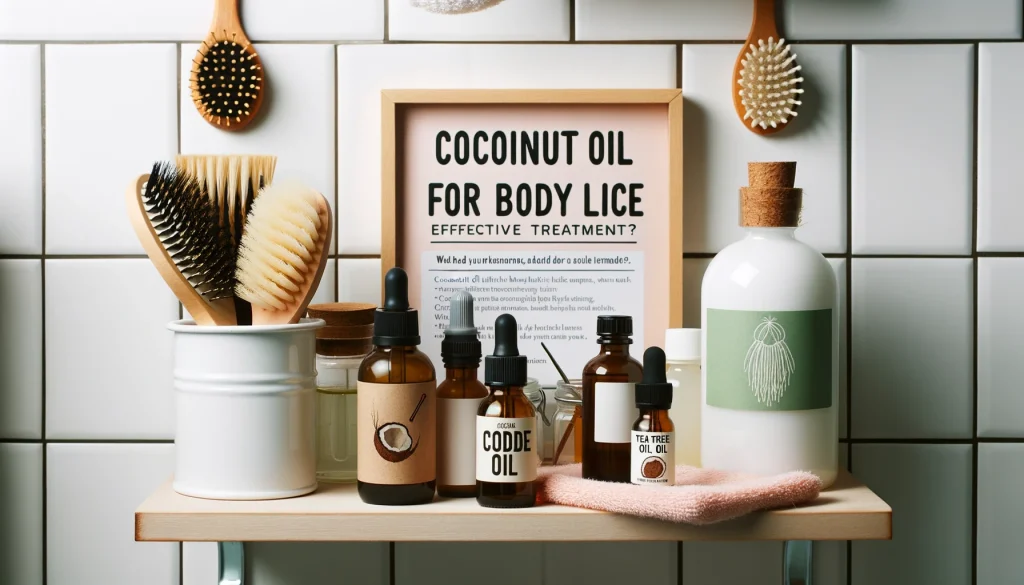Exploring Coconut Oil's Efficacy in Treating Body Lice
Amidst an array of natural remedies for various ailments, coconut oil stands out. It’s often celebrated for its versatile uses, from cooking to skincare. But can it be an effective solution against body lice? Let’s delve into what research suggests and how to possibly use coconut oil in this context.
Understanding Body Lice:
Body lice are tiny parasitic insects that primarily reside on clothing and only move to the skin to feed. Infestations often result from direct contact with an affected person or through sharing personal items.
Coconut Oil’s Potential:
Natural Oils vs. Chemicals: Coconut oil, being a natural substance, can be a gentler alternative to some of the chemical treatments available for lice.
Brazilian Study Insights: A significant study conducted in Brazil found coconut oil to be more effective than some harsher chemical treatments when combating body lice. This promising result suggests the potential of coconut oil in natural lice management.
How to Use Coconut Oil for Body Lice:
- Direct Application: Warm a sufficient amount of coconut oil and apply it generously to the entire body. Let it sit for several hours or overnight. The oil aims to suffocate and immobilize the lice.
- Comb Through: After the oil treatment, use a fine-toothed comb to remove dead lice and eggs.
- Wash Off: Take a warm shower and wash off the oil using a mild shampoo.
Precautions:
- Patch Test: Before applying coconut oil, do a patch test to ensure no allergic reactions occur.
- Consultation: Consult with a healthcare professional, especially if the infestation is severe or persistent.
Conclusion:
While the evidence, including the Brazilian study, shows promise for coconut oil as an effective agent against body lice, it’s crucial to approach its use with caution and knowledge. It might work best as a part of a comprehensive lice treatment plan rather than a standalone remedy.

